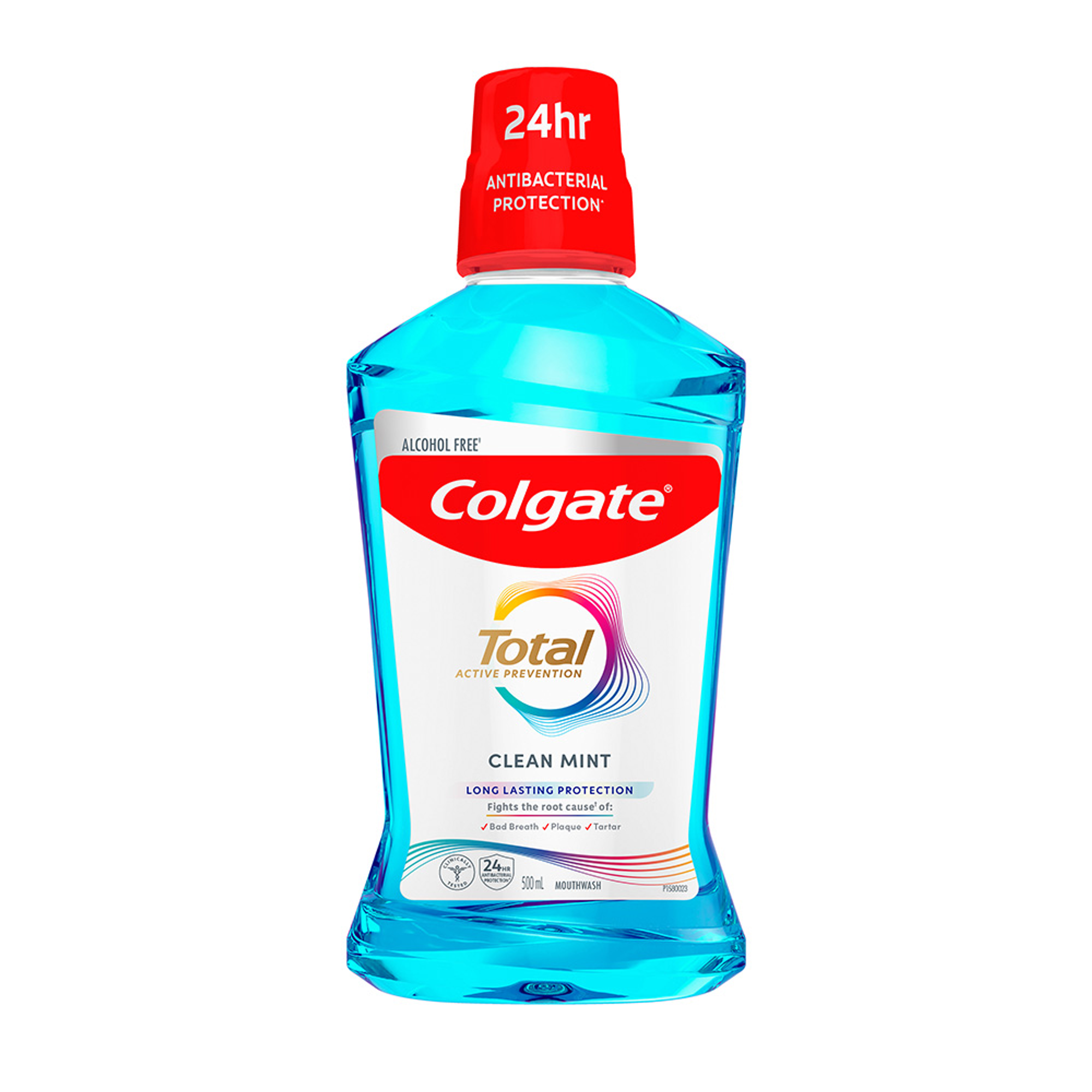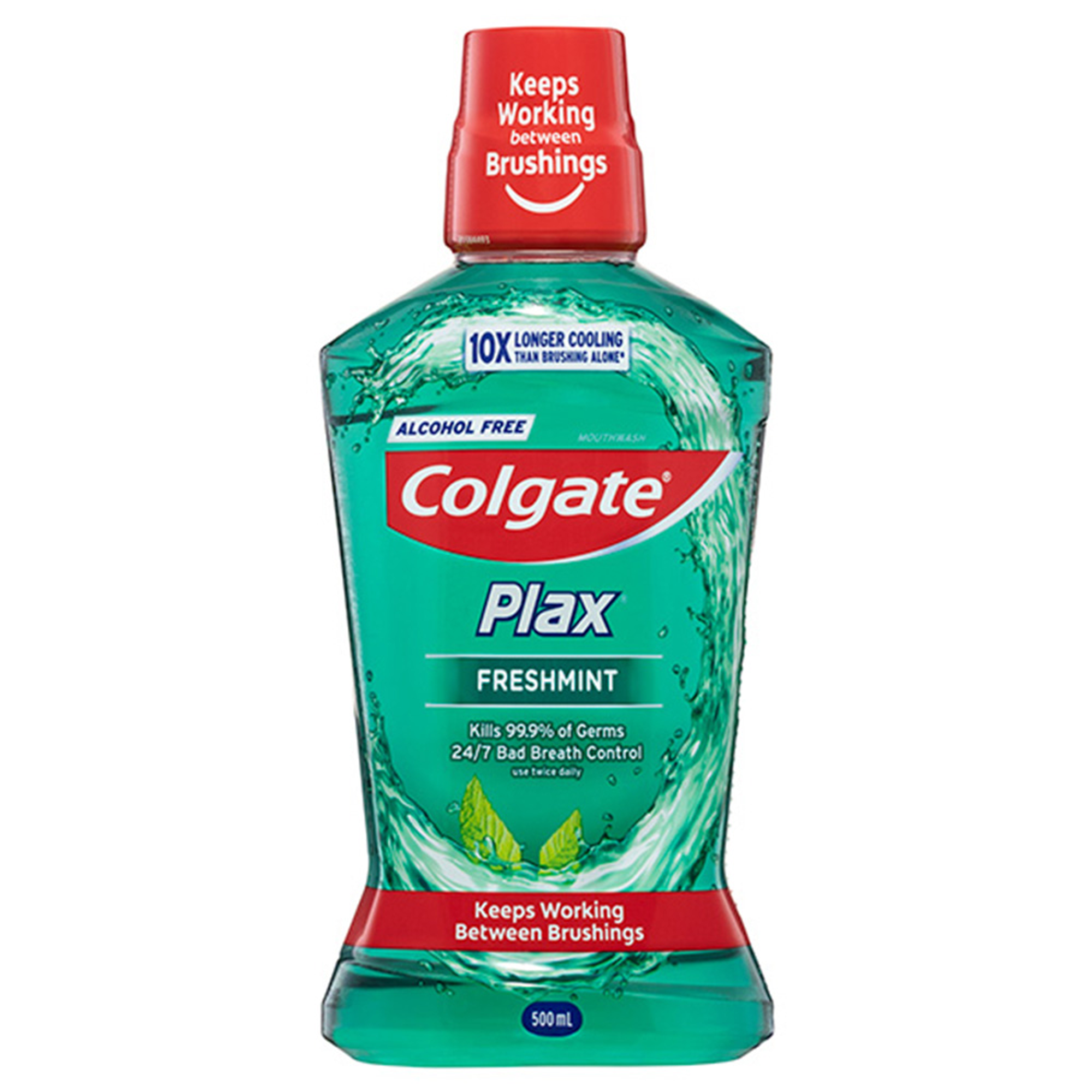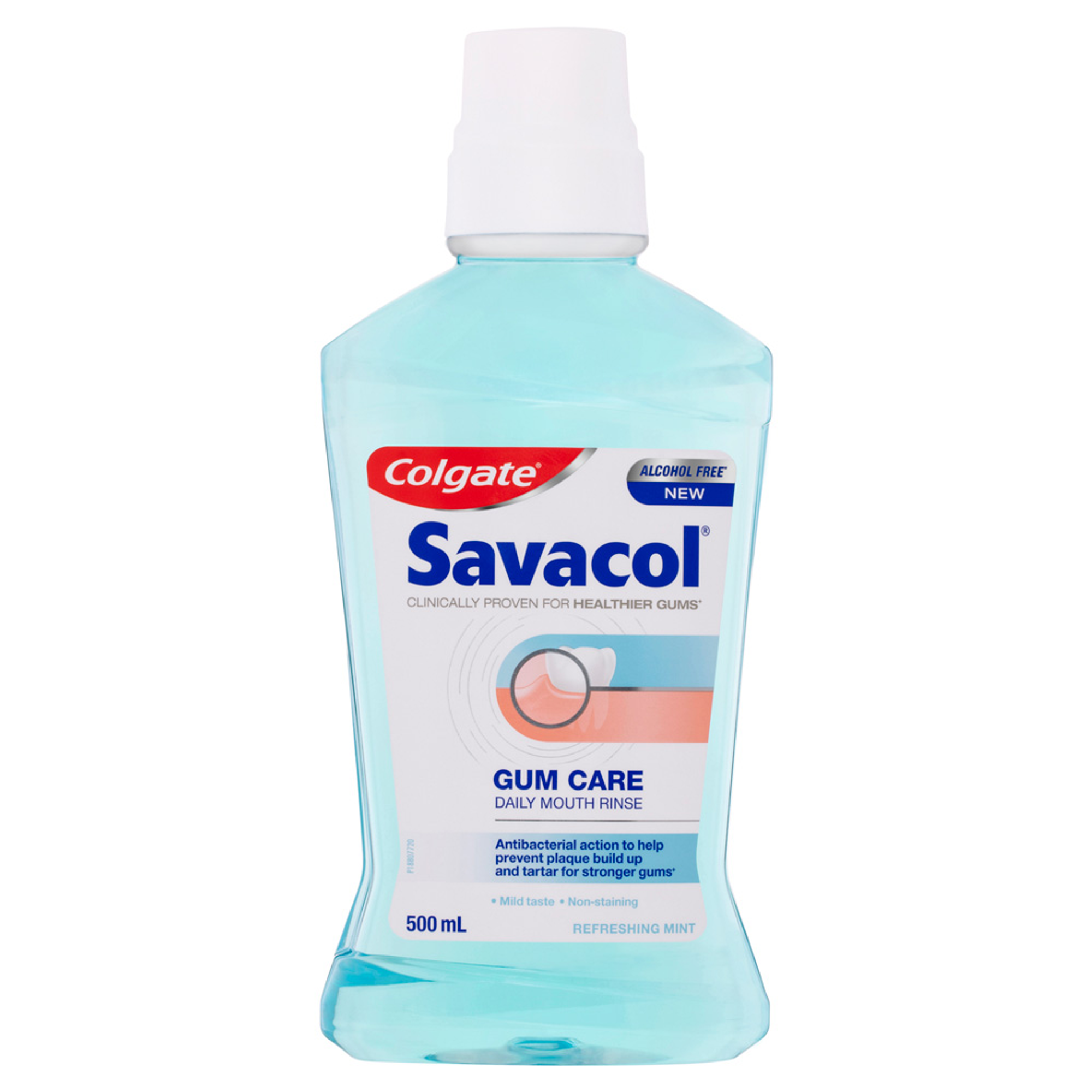
Toothbrushing is a vital step in a proper oral hygiene routine, with each one of us ideally brushing twice daily each day. With a plethora of options available to the consumer, which ones should we recommend as a dental professional? Let’s dive deeper into some key principles when recommending and choosing a toothbrush for each of our patients.
Bristle firmness
Soft (or extra-soft) is definitely recommended by most oral health professionals, combined with a softer brushing technique. Contrary to many patient’s preferences: medium and hard toothbrushes, along with a harder toothbrushing or a scrubbing technique will not clean teeth and gums more effectively than a soft toothbrush. Instead, harder toothbrushes can cause both more soft and hard tissue damage. Research shows that soft toothbrushes cause less toothbrush abrasion, and gum irritation 1,2 .
Bristle count and shape
In general, the more bristles on your toothbrush the better. However, it must be noted that most toothbrushes from reputable brands such as Colgate will contain more than sufficient bristles to effectively brush away plaque and debris when the proper brushing technique is followed. Multi-layered or angled bristle designs may also help patients access hard-to-reach areas. It has also been shown that tapered-end bristles give better cleaning efficacy as well as less abrasive wear on dentine, hence may be a safer and better choice for patients 3.
Toothbrush handle
With so many designs and configurations out there, it can definitely be a bit tricky to know which toothbrush is best for you. The simplest answer is to choose a handle that is comfortable for you so that your hand is able to easily hold onto it whilst you manoeuvre the toothbrush around your mouth, and long enough to hold it comfortably when brushing the back teeth. People with less hand mobility often prefer a larger handled brush as it is easier to grip.
Toothbrush head size and shape
Smaller-headed toothbrushes are generally favourable, as they will allow patients to get to hard-to-reach areas more effectively, especially towards the back of the mouth or close to the cheeks. However, if you go too small, such as choosing a children’s toothbrush for an adult, this can then mean patients need to spend more time brushing their teeth.
Larger heads can brush more teeth more effectively at the one time, and for this reason may be preferred by patients but it is difficult to be sure all tooth surfaces are being reached, as the large head can gloss over areas that are hard to access. . It is therefore a patient-specific preference as to what size will be best for them but if you notice areas are being missed you may need to direct them to a brush with a smaller head. Same goes for the shape of the head itself, with many designs including rectangular, tapered or round. Patient’s should use whichever brush head is comfortable for them and will allow them to reach all the areas in their mouth. Some heads also come with a built-in tongue scraper on the back, which can be handy for helping to clean the tongue (which is also very important!).
Manual vs. power
Both manual and power toothbrushes have their advantages and do an amazing job at effectively cleaning plaque and debris off the teeth. Manual toothbrushes are usually more readily available, cheaper, and can be more easily brought along for travel purposes. However, they require the patient to have a good brushing technique in order to effectively remove plaque and debris.
It has been shown that power toothbrushes can reduce plaque and gingivitis in both the short and long term, although the clinical importance of this remains unclear 4. Power toothbrushes sometimes have a timer to aid patients brushing for the recommended time, and are better for those with less manual dexterity (e.g. younger or older patients). For younger patients, they can also make toothbrushing a little more exciting and interesting.
Toothbrushes will always come in many shapes and sizes. The main principles to emphasise to your patients are: Always choose a soft toothbrush from a reputable brand to minimise gum and soft tissue damage, as well as toothbrush abrasion. When it comes to everything else, whether it be manual or power, grip size and shape, toothbrush head size and shape etc, it is recommended to choose whatever is most comfortable for the patient. The best toothbrush is the one that fits in the patient’s mouth and allows them to reach all their teeth easily and effectively. It is therefore a highly-personal choice, and so long as the patient chooses a soft toothbrush, there is otherwise generally no “wrong choice”.
At the end of the day - the best toothbrush is the one your patients will use!
Ranzan, N. et al (2019). Are bristle stiffness and bristle end-shape related to adverse effects on soft tissues during toothbrushing? A systematic review. Int Dent J, 69(3), 171-182. doi: 10.1111/idj.12421
Hamza, B. et al (2021). Effect of toothbrush bristle stiffness and toothbrushing force on the abrasive dentine wear. Int J Dent Hygiene, 19, 355-359. DOI: 10.1111/idh.12536
Hamza, B. et al (2022). Effect of tapered-end and round-end bristles on the abrasive dentine wear applying increasing brushing forces. Acta Odontologica Scandinavica, 80(6), 465-469. doi.org/10.1080/00016357.2022.2035816
Yaacob, M et al (2014). Powered versus manual toothbrushing for oral health. Cochrane library, doi.org/10.1002/14651858.CD002281.pub3
Dr Sam Koh is the principal dentist and director at Dental Boutique Mornington, with special interests in Cosmetic Dentistry and Orthodontics. Dr Koh has been awarded with prestigious fellowships from the International Academy of DentoFacial Esthetics in New York, the Pierre Fauchard Academy in London, as well as a fellowship in Orthodontics. He is the co-founder of the Young Dentist Hub, a mentor for DentalX, and a speaker/Key Opinion Leader for several dental companies. Dr Koh is a founding member of the Colgate Advocates for Oral Health Editorial Community.
Join us
Get resources, products and helpful information to give your patients a healthier future.
Join us
Get resources, products and helpful information to give your patients a healthier future.











